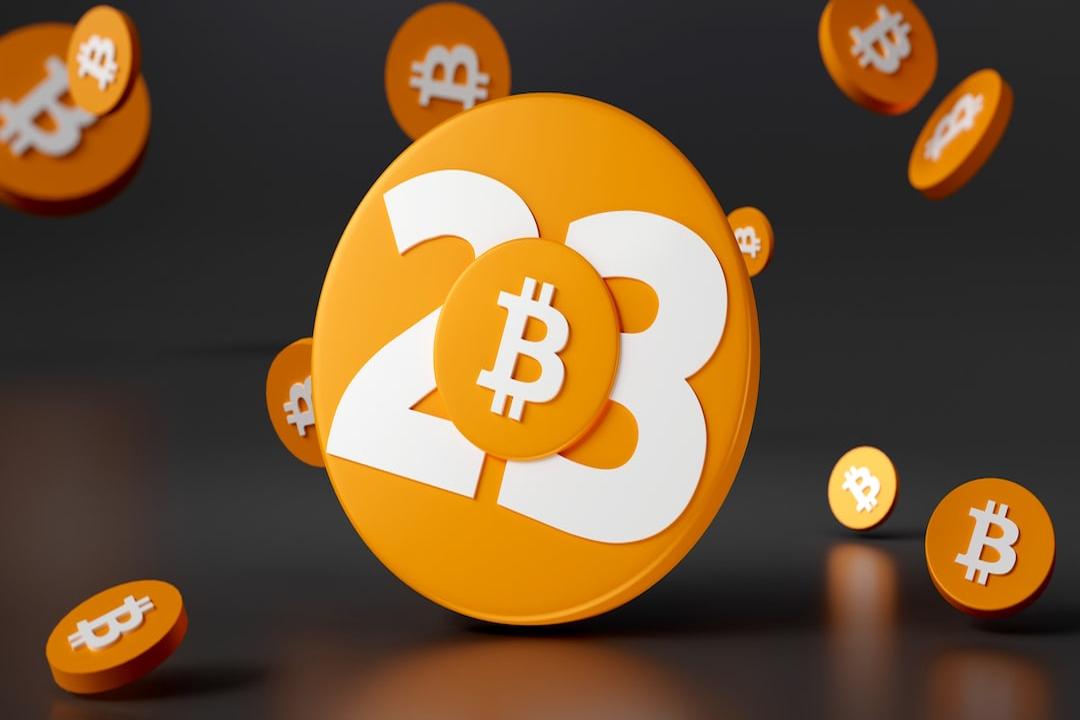Cardano founder Charles Hoskinson was amazed at the innovation that Bitcoin developers revealed about the seamless bridge between Bitcoin and Cardano applications.
A Bitcoin developer known as elraulito has announced a breakthrough in blockchain interoperability, revealing a seamless bridge between Bitcoin and Cardano applications.
The developer demonstrated smart contracts on Plutus V3 that enable Bitcoin wallets to interact directly with the Cardano ecosystem. This allows users to send ADA, manage tokens, and contribute to Cardano pools without the need for a new wallet.
Notably, Cardano founder Charles Hoskinson was surprised by this innovation, as it could mark a new stage in cross-chain connectivity.
Explaining Smart Contract Functionality
The developer detailed how smart contracts are built using a range of tools and protocols. It is worth noting that the contract uses Cardano’s smart contract language aiken and CIP69, which enhances address programmability.
Multiple validators enable trading, delegation, and reward withdrawal, while MeshJS manages off-chain transactions. Mesh is an open source library that enables Web3 application development and currently provides one of the few implementations compatible with Plutus V3.
This bridge enables Bitcoin users to participate in the Cardano ecosystem without the need for additional software, providing an easy onboarding process. As the developers note, these features are expected to be extended to every EVM chain, expanding the blockchain’s usability and functionality.
Community Reactions and Technical Insights
The announcement prompted questions from enthusiasts eager to learn about the mechanics and applications of the new bridge. One user asked how Cardano operations can be sent from a Bitcoin wallet, to which the developer responded that Bitcoin users can sign Cardano operations from their existing wallets.
If the signature is verified, the operation will be executed by the Cardano node. This feature opens the door to onboarding users from outside the Cardano ecosystem, facilitating interactions like airdrops and liquid stake contributions without having to switch wallets.
Further discussion focused on the verification process. The contract verifies the signature by checking the consistency of the UTXO, recipient, amount, and asset details with its output. This verification ensures that transactions comply with predetermined rules set in smart contracts, providing secure cross-chain operations.
Disclaimer: This content is for informational purposes only and should not be considered financial advice. The opinions expressed in this article may contain the author’s own opinions and do not necessarily reflect the opinions of The Crypto Basic. Readers are encouraged to perform thorough research before making any investment decisions. The Crypto Basic is not responsible for any financial losses.

